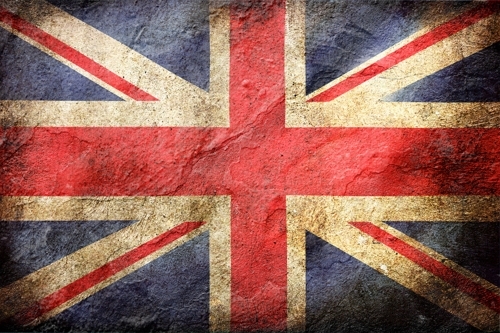Peter Warburton – January 14, 2021
Over the next 4 years, the advancing impact of de-globalisation on the UK economy, and London in particular, will hit home and hit hard. Departure from the EU has introduced frictions that will discourage trade, deter foreign investment and diminish London’s market share in global financial services. In the face of a general disinterest in removing barriers to international trade, the UK will struggle to monetise its new-found freedoms outside the EU. While 2021 is still likely to feature an interval of economic euphoria, presuming that the vaccines get ahead of the virus, this will be cut short by the return of inflation and by the government’s attempt to collapse the sky-high budget deficit. It is quite conceivable that the UK economy will still be 5 per cent smaller at end-2024 than before the pandemic struck.
Riding on London’s coattails, the UK economy was buzzing in 2013-16 with real domestic expenditure growth compounding at 3 per cent annually. While the momentum faded at the national level in 2017-18, London continued to stride ahead, fuelled by a burgeoning workforce (figure 1). As the global economy cooled, de-globalisation took hold (figure 2) and US monetary policy tightened, the UK started to feel the pinch by mid-2019. When the Covid-19 crisis struck, the UK was no longer firing on all cylinders. After successive lockdowns and false dawns, the small and medium-sized enterprise sector has suffered heavy losses and migrant workers are leaving in droves. With over 15 per cent of workers classed as self-employed, we should expect a semi-permanent loss of economic capacity, despite the generous financial supports offered by the government.
While there is every reason to expect that the UK economy will participate in a euphoric phase once mass vaccination defeats the virus, this will be the trigger for two further challenges. First, the inflationary consequences of QE-financed budget deficits, in association with surging demand for consumer goods and the resurrection of travel and tourism. Second, the expiry of government emergency support programmes as the exchequer seizes the very limited opportunity to collapse the budget deficit from its current level of near-20 per cent of GDP. In addition, creditors of all shapes and sizes will seek to recover deferred payments as the frozen sectors thaw out.
By 2022, it is anticipated that inflation will be running in the region of 5 per cent annually and heading higher. Investor patience with the Bank of England’s protestations will run out and 10-year gilt yields will probably jump back towards 2 per cent, with worse to follow. A loss of international appetite for Sterling fixed interest will weigh on the funding cost of the external payments imbalance and a weaker currency will compound the inflationary transition, reinforcing the emergence of a stagflation in 2023-24. Neither fiscal activism nor monetary easing offer a convenient escape, having been fully deployed in 2020. In November, the OBR articulated a ‘downside’ scenario for GDP (figure 3) in which the pre-Covid-19 output level was recovered by end-2024. The risk of a deeper retrenchment should be taken seriously. There is no quick fix for the UK’s economic predicament.
Figure 1
Figure 2
Figure 3

